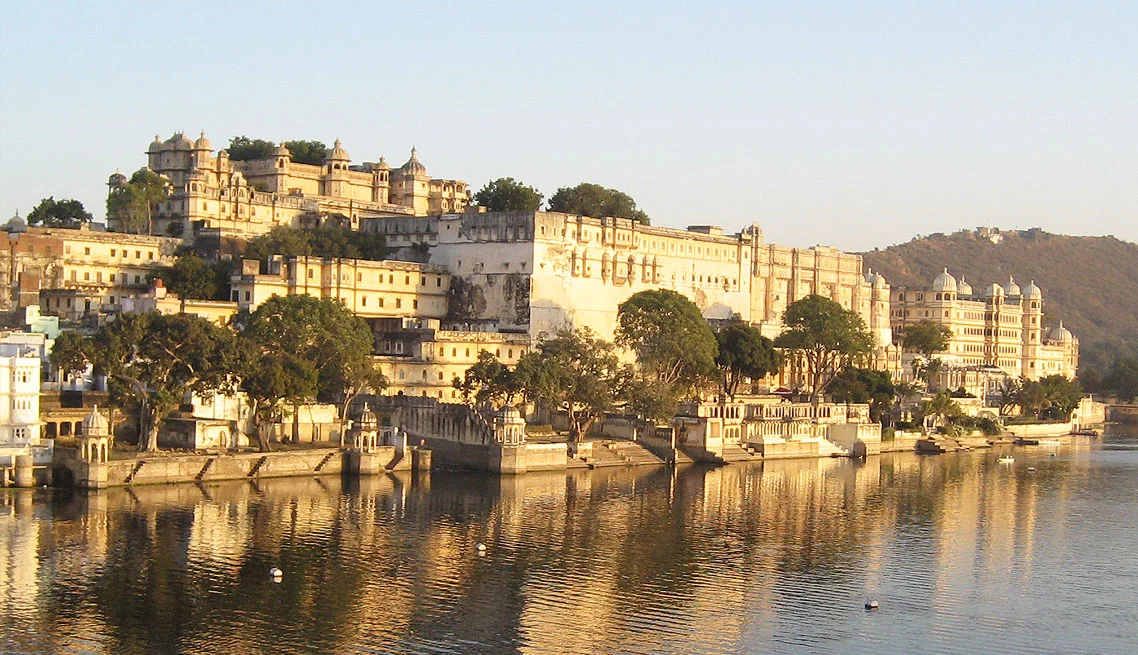
Udaipur is a small city in the western Indian state of Rajasthan, formerly the capital of the Rajput kingdom of Mewar. Founded by Udai Singh II in 1559, it is set around a series of artificial lakes and known for its lavish palaces. City Palace, overlooking Lake Pichola, is a monumental complex of 11 palaces famed for its intricate peacock mosaics. Known to be a honeymooner’s paradise, the lake city’s charm has left many a tourist spellbound. One of the iconic palaces of Udaipur is the Palace in the middle of the lake. In a desert state, a city with many lakes is a welcome change for people visiting this beautiful city. The lakes of the city being interconnected to form a lake system which supports and sustains the ground water recharge, water availability for drinking, agriculture, industries and is a source of employment through tourism. The lake system has three main lakes in its upper catchment area, six lakes within its municipal boundary and one lake downstream.
MAIN HIGHLIGHTS:
City Palace – Built from 1559 onwards, the city palace is a series of large palaces built over the years. The main entrance gate, known as the Tripolia Gate was built in 1725. The gate further opens into an array of courtyards, overlapping partitions, terraces, corridors,
and gardens.
Boat ride on Lake Pichola – Created in 1632 Lake Pichola is an artificial fresh water lake. The lake’s surroundings and the several islands within the lake have been developed over the centuries, with palaces, marble temples, family mansions, bathing ghats etc. the Taj Lake Palace is undoubtedly one of the special treasures of the lake.
Monsoon Palace – Originally built as an astronomy centre to keep track of the monsoon clouds in the area, it also served as the summer resort for the Maharanas. Known as Sajjan Garh, it is built with white marble and is located on the Bansdara peak of the Aravalli hill range. The palace offers a panoramic view of the city’s lakes, palaces and surrounding countryside.

